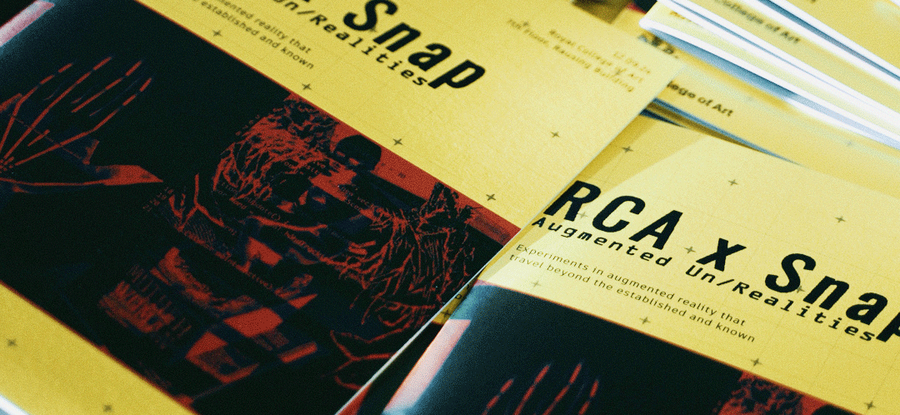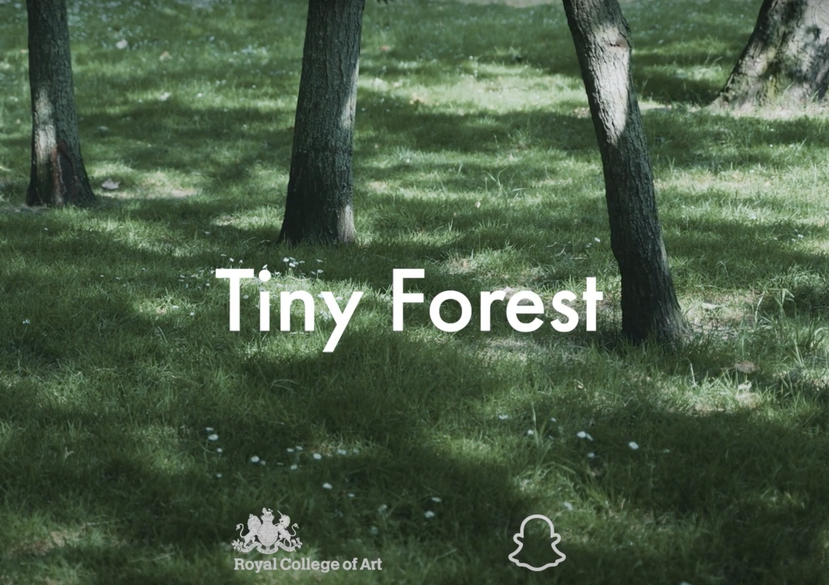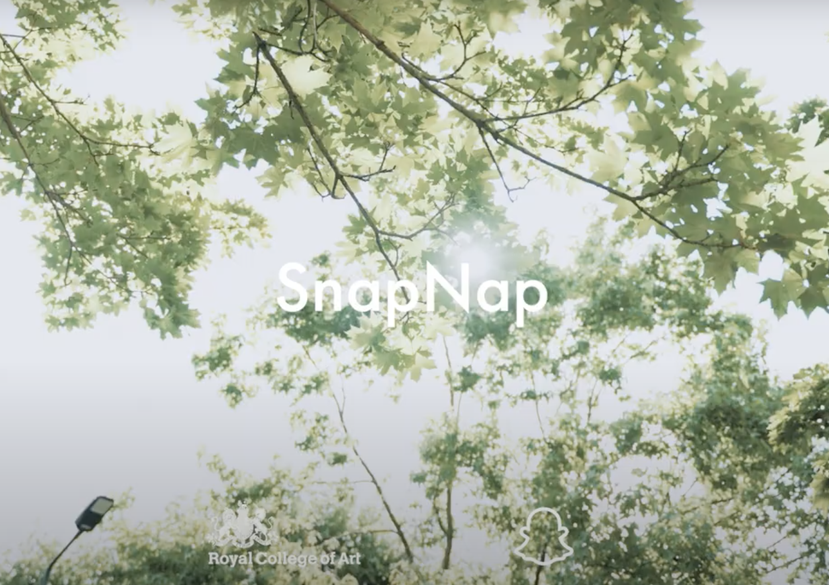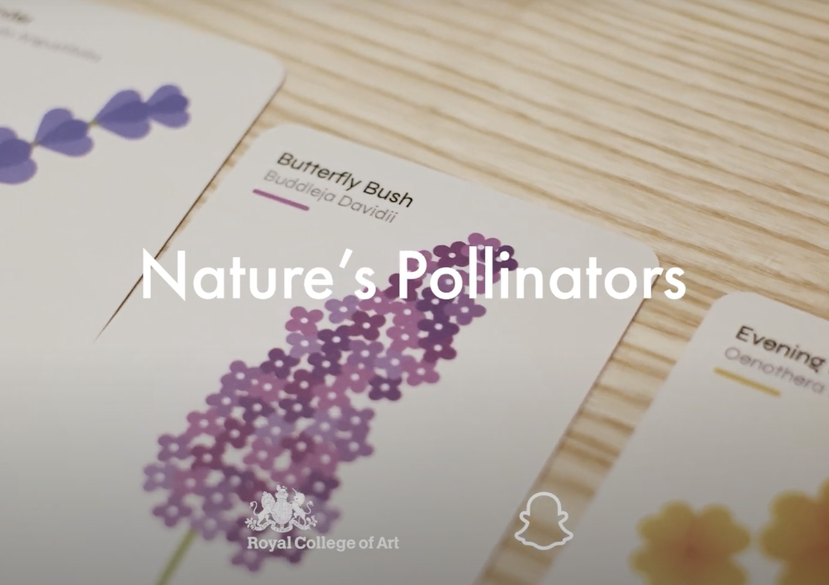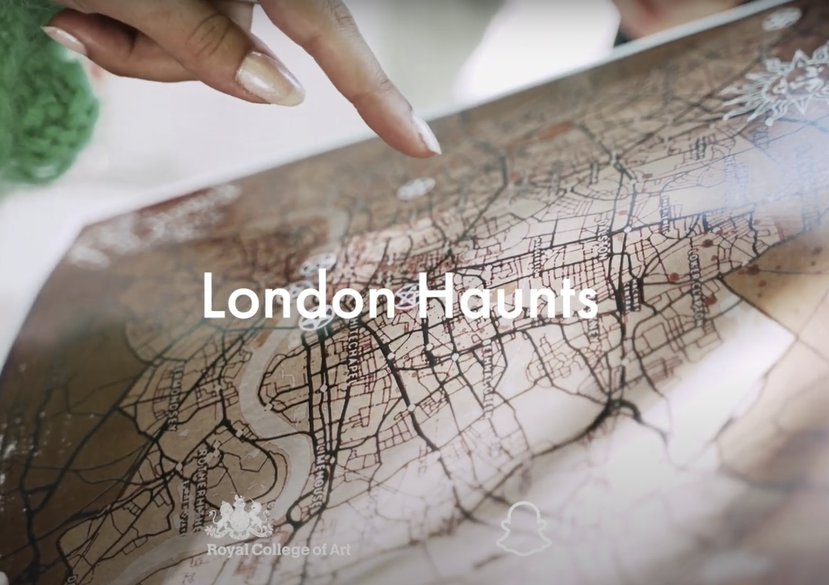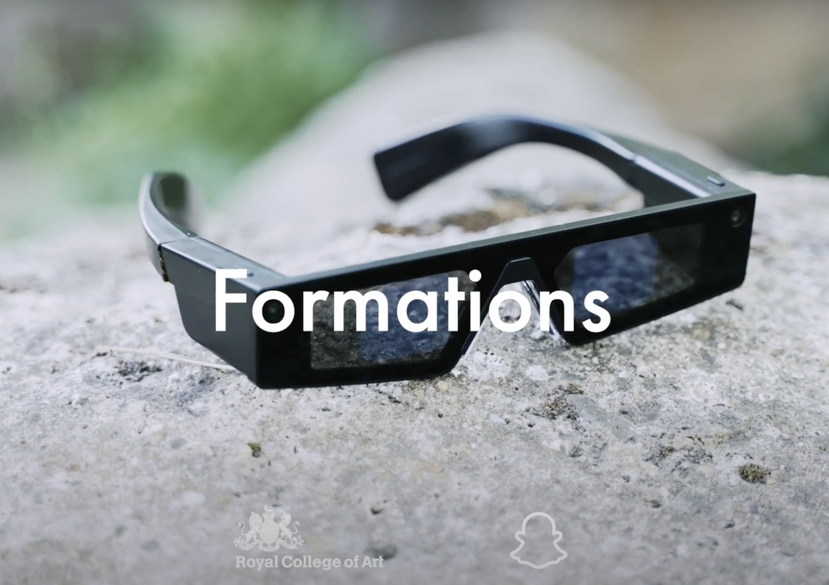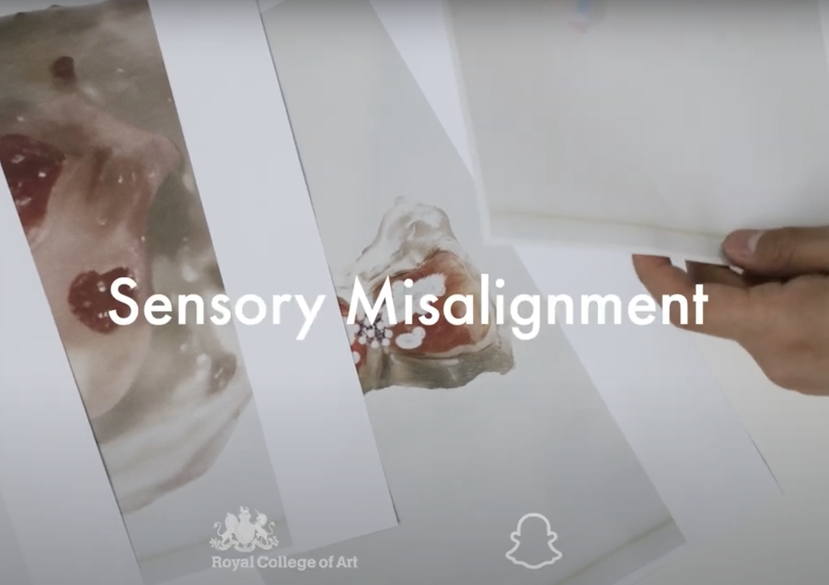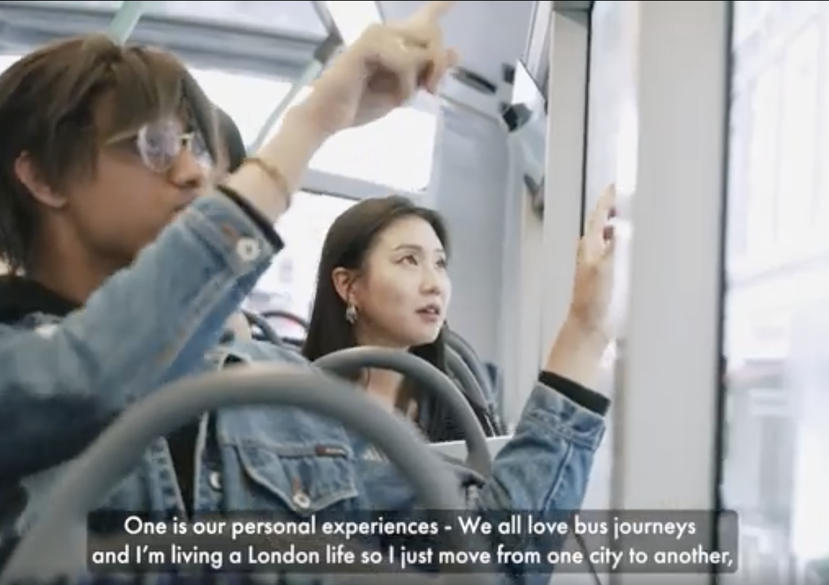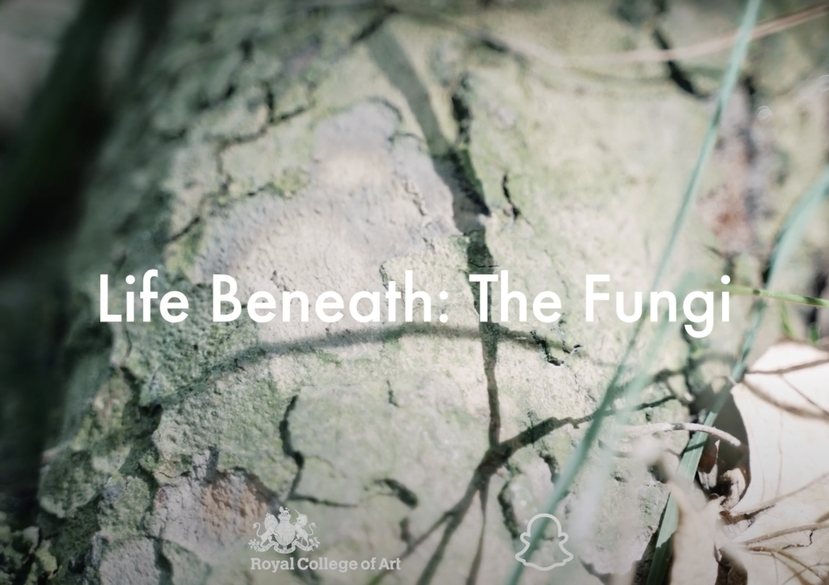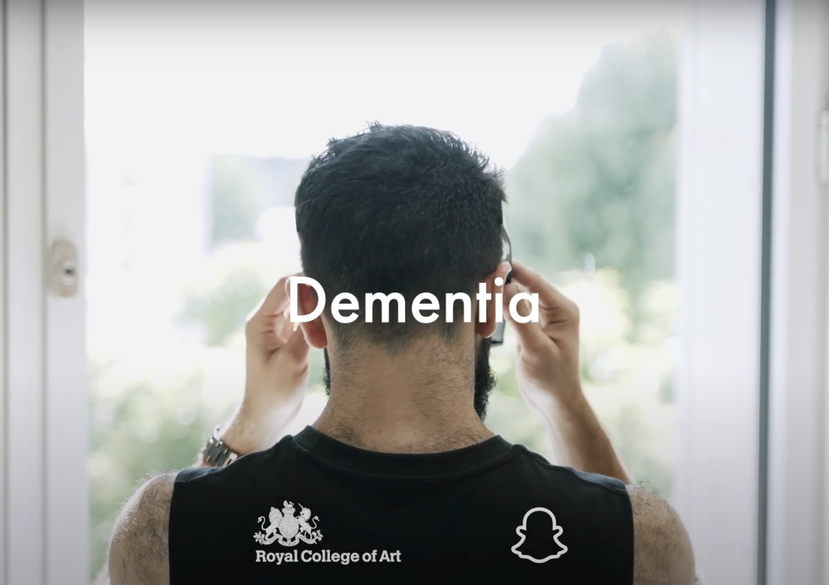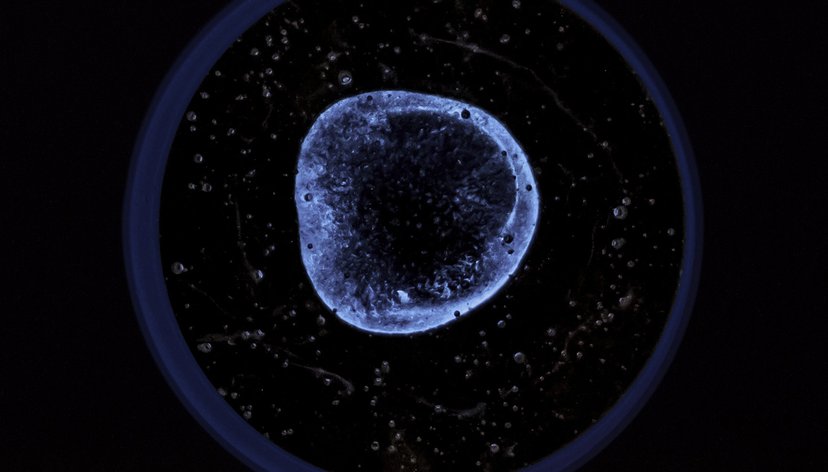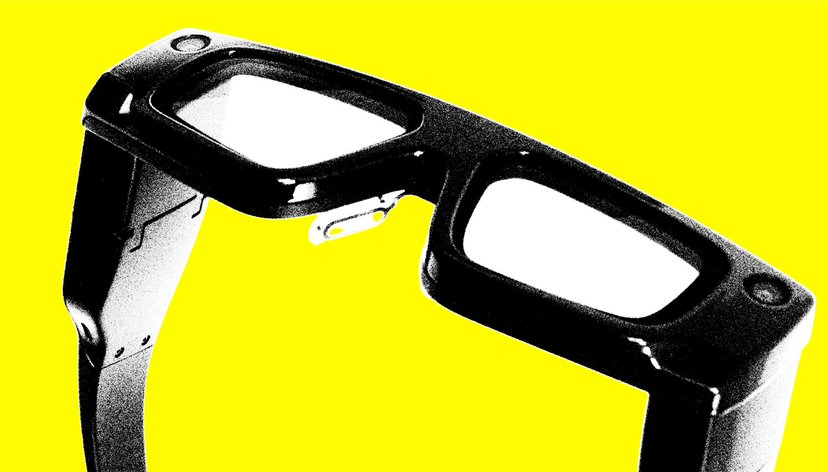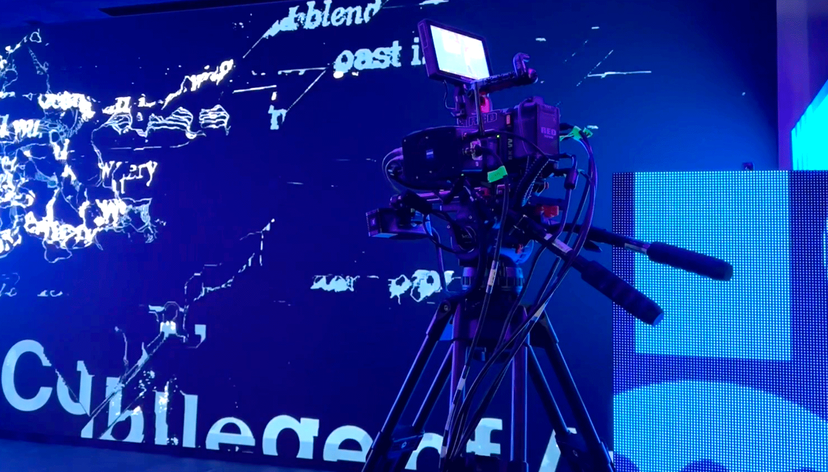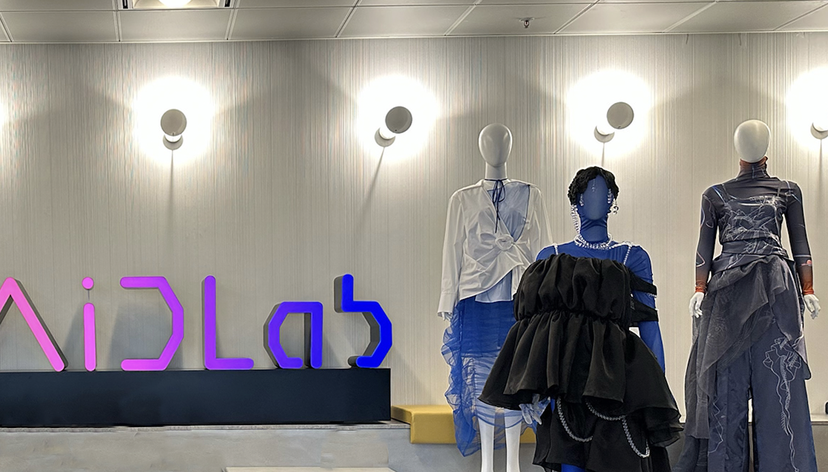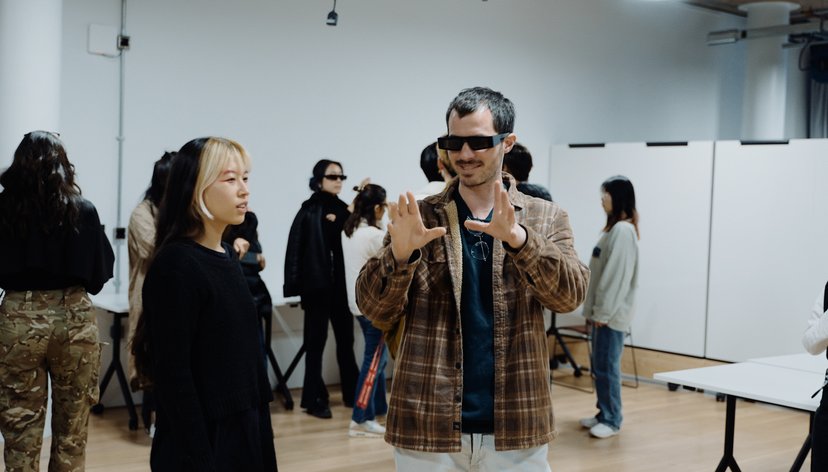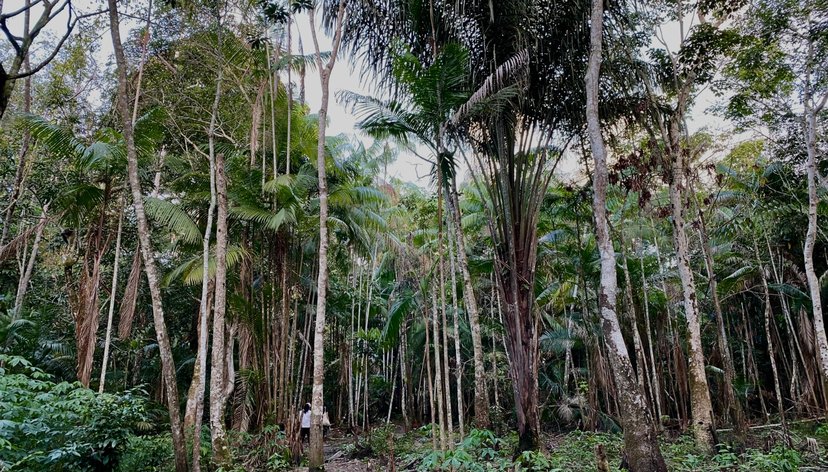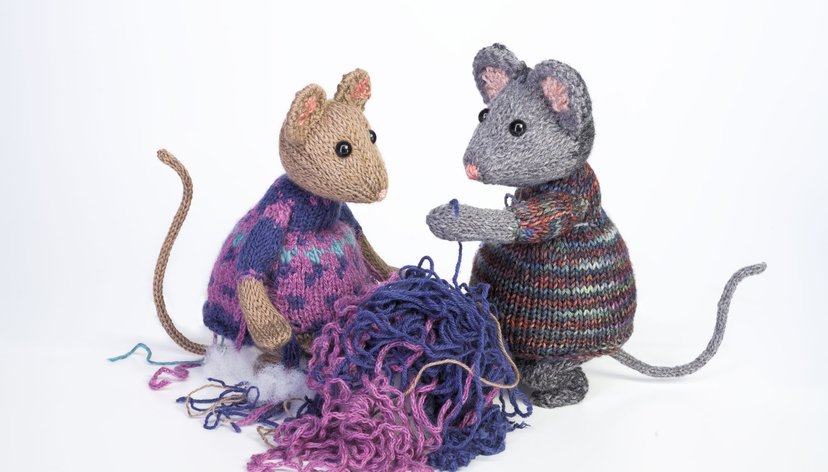
The RCA x Snap Augmented UnRealities programme is a dynamic and interdisciplinary collaboration between the Royal College of Art (RCA) and Snap, one of the principal innovation companies in the field of augmented reality (AR).
At a glance:
- RCA student-researchers engage in critical dialogue and hands-on exploration with internationally leading experts, artists, researchers and practitioners to explore the potential and far-reaching implications of AR technologies.
- The resulting projects begin to define and articulate more meaningful, equitable and sustainable trajectories for the future development of AR and its potential societal impact.
- The impact of the programme reaches far beyond the college walls. Alumni and staff are demonstrating remarkable leadership in the field of AR: publishing original work, winning awards, launching start-ups, organising events, speaking at conferences, and mentoring other artists.
Key details
Gallery
More information
The challenge
The world is currently undergoing a period of rapid technological transformation, one that is reshaping both our present and our future. In this era, artists and designers hold a crucial role in offering urgent, equitable and alternative perspectives that are often less visible within the commercially-driven development of technology. RCA x Snap Augmented UnRealities focuses on amplifying the creative potential of these perspectives, uniting a diverse cohort of postgraduate student-researchers from the RCA to collaboratively interrogate and shape the role of augmented reality (AR).
The approach
Led by RCA faculty Jack Hardiker-Bresson (Office of Everyone) and Tom Simmons with Snap’s global education, AR, Spectacles, Camera Kit and Lens Studio teams, students work with leading artists and researchers to address accessibility, ecology, ethics, spatial practice, critical theory, artificial intelligence, performance, health, education, materiality, and community engagement. This interdisciplinary dialogue equips students with knowledge and skills for crafting innovative, thoughtful and socially responsible contributions to the field of AR. Working with Snap’s cutting-edge software and wearable AR technology, Spectacles, RCA students produce AR experiences that envision and prototype meaningful and sustainable futures for augmented reality.
Outputs
The impact of the RCA x Snap Augmented UnRealities programme can be observed across the UK and internationally. Students, alumni and faculty actively engage with global AR communities, speaking at conferences and panels, launching start-ups, winning competitions, curating events and mentoring over 200 emerging artists. Their work has been presented at prestigious venues such as the Saatchi Gallery, Outernet, Frameless, and the Breeze Film Festival.
In an age marked by profound technological and societal change, the RCA x Snap Augmented UnRealities programme fosters a dynamic and reciprocal feedback loop between technology developers, artists, designers and the public. This interaction serves as a critical platform for imagining the future of AR, showing how its development can be thoughtful, equitable and accountable to all.
Films and photography by Sung Hoon Song with programme participants and staff.
Projects
Tiny Forest: Grow Virtual Trees and See Real-World Impact
HanJu Seo, Liqian Yin
Tiny Forest uses augmented reality to help users understand the impact of growing trees. Through Snapchat’s Lens Studio, users can plant and nurture AR trees on a physical square board, choosing soil types and tree species. The experience visualises the tree’s growth, stored carbon, and health, making the benefits of sustainable actions more tangible. By scanning locations like bus stops, users see how local carbon emissions change as they make greener choices, turning abstract concepts into clear, engaging visuals.
Snap Nap
Boluwatife Kolawole, María Camila de Paul, Jiyeong Kim
SnapNap is designed to guide users through meditation techniques rooted in the ancient Chinese tradition of pressure point stimulation. Unlike conventional meditation apps, it utilises augmented reality to create an immersive experience that engages both the mind and body.
Through the lens of their smart-phone camera, users interact with the app by locating specific pressure points on their body, which are recognised by the screen. As users identify and activate these pressure points, the app provides instructions for stimulation and relaxation.
Minimal visuals are employed to maintain focus on the user’s physical experience, while the emphasis lies on the auditory element, with carefully crafted soundscapes tailored to induce a state of deep relaxation.
Nature’s Pollinators
Aarti Bhalekar, Ayushi Saxena, Riya Mahajan, Ruby Bell
Nature’s Pollinators is an augmented reality card game, designed to educate children about the essential role of pollination in our ecosystem. Discover different pollinators and match them to their favourite flowers, made visible through the interaction between the physical and the digital.
London Haunts
Erjie Chen, Sanya Salehi, Selin Öztürk, Zoe Shum
London Haunts is an interactive experience that brings the eerie history of London’s haunted places to life through augmented reality. Our project, “Haunted London Augmented Reality Map,” invites users to explore the city’s most mysterious and haunted locations, offering an engaging way to learn about the rich history and chilling tales that define these iconic spots.
The user is encouraged to move their phone over a physical map, as though they were guiding a planchette over an Ouija board, to ‘reveal’ haunted narratives in a novel and immersive experience.
Formations
Anushka Khemka, Jane Lee, Meara Withe, Thomas Bugg
Rocks are often perceived as inanimate and unchanging, but are in fact repositories of time, carrying within them countless stories from the past. Formations is a hauntological Augmented Reality experience that brings these silent narratives to the forefront, using soundscapes to highlight the continuity that rocks embody.
Using samples from the Internet Archive and decayed through audio programming, the sounds echo the metamorphosis of rocks and the concept of temporal displacement, evoking the ancient while creating an impression on the present. Each soundscape differs depending on the rock’s type, triggered through arbitrary encounters.
By engaging with rocks through sound, the audience is invited to consider how rocks leave marks on the environment, participating in a sonic meditation on time, presence, and the interconnectedness of all things. With the use of Snap ML highlight forgotten histories and traces of the past embedded within the rocks, and the moments in time that they carry.
Sensory Misalignment
Chanwoo Lee, Chun Guo, Yuebin Zhang, Jake Buckley
Sensory Misalignment is a research and interactive experience questioning reality through human senses. To truly experience the world, we may need to break away from our automatic perception, which creates repetition and sensory dullness. Our project aims to disrupt the automatic and unconscious recognition processes by creating sensory mismatches that challenge users’ expectations.
Transient Journeys are Moments of Flux
Khalil Ismail, Yule Wang, Yuri Cho
Transient Journeys are Moments of Flux is an ambient AR experience designed for audiences to find hidden third spaces around London during liminal bus commutes.
The experience uses bus windows as anchor points to create a sense of magic when looking outside. We imagine a scene-scape with flying creatures that represent different typologies of space (e.g. parks, small art galleries, rest spaces). Attention through eye-tracking triggers creatures to fly towards and interact with you, providing information about the spaces centred around the emotional memories of their related communities
From a technical perspective, we use Reddit sub-threads as a dataset for Neuro Linguistic Programming to generate a map of these spaces. Generative AI is also used to create creatures with physical characteristics that reflect the nature of the spaces.
Life Beneath: Fungi
Emily James, Jungwoo Kim, Wenying Qi, Yujie Xu, Sohom Mandal
Life Beneath: Fungi is an interactive AR artwork based on Ecological Niche Theatre, to highlight the importance of various small organisms in the world.
Dementia
Qinxiao Wu, Mohd Wani, Jinhak Lee, India Gabb
The project Dementia, is an innovative solution that leverages cutting-edge AR technology to assist dementia patients in retaining and recalling memories of objects and people in their environment. Through the integration of advanced object recognition features, the project provides real-time information and cues about recognized objects, aiding patients in memory retention and retrieval.
